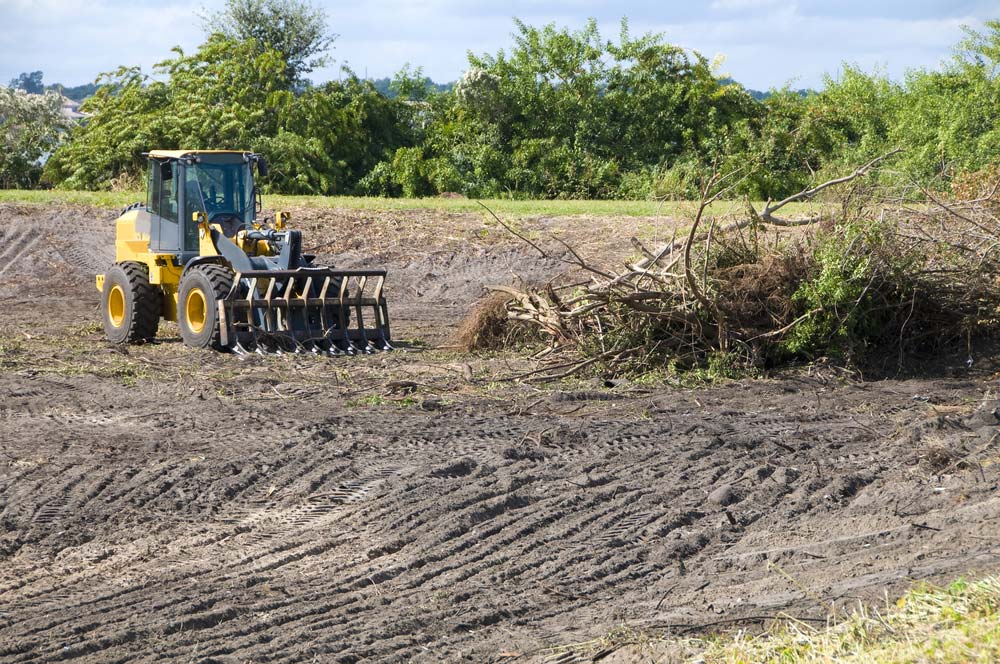Australia’s bushfire season is growing longer and more intense, placing properties in high-risk regions—like the Central Coast—under greater threat than ever before. Whether you live near bushland or in a residential street bordered by trees and vegetation, taking proactive steps now can help protect your home, family, and pets during bushfire emergencies.
One of the most effective ways to reduce the risk of fire damage is through bushfire safety land clearing on the Central Coast, combined with other practical home protection and emergency planning strategies. This guide covers everything homeowners should know to improve their bushfire resilience before the heat and winds return.

The space around your home can determine how close a fire gets—and whether your house survives. Creating a defensible space means reducing vegetation and flammable materials within a certain distance of your structures. Done correctly, this approach can lessen a bushfire’s intensity, provide firefighters with a safer working zone, and increase the likelihood that your property can be defended.
Bushfire safety land clearing on the Central Coast involves strategic removal and reduction of fuel loads, such as:
By engaging in safe and compliant land clearing, you create a protective buffer between your home and encroaching flames.
Homes in bushfire-prone areas can ignite not just from flames, but from ember attack—when airborne embers land on combustible materials like dry leaves. Regular maintenance of your property plays a significant role in reducing this threat.
Here are simple but critical maintenance habits to adopt:
These small but consistent tasks can make a significant difference in reducing fire fuel sources around your home.
If you’re building a new home or planning renovations, using fire-resistant materials is one of the smartest long-term decisions you can make. These materials are designed to resist ignition from radiant heat, embers, and flames.
For improved bushfire protection, homeowners should consider:
While no material is entirely fireproof, these upgrades can help delay the impact of fire and increase your home’s resistance to bushfire conditions.
In an emergency, every second counts. Having a well-rehearsed evacuation plan ensures you and your loved ones know exactly what to do if a bushfire threatens your property. This includes knowing when to leave, what to take, and where to go.
A comprehensive bushfire evacuation plan should include:
Review and practise your plan regularly so everyone in your household feels confident in the steps to take during an emergency.
During bushfire season, conditions can change rapidly. Staying informed is one of the most critical steps in protecting yourself and your property. There are multiple sources of real-time updates to help you assess risk and act early.
To stay alert and prepared:
Monitoring warnings daily will help you make informed decisions about when to leave and when to activate your emergency plan.
An evacuation-ready emergency kit is vital to ensure you have access to critical items when you need to leave quickly. Kits should be stored in a readily accessible location and updated at the beginning of each fire season.
Essential items to include in your bushfire emergency kit are:
Having a kit ready reduces panic during an emergency and ensures you don’t leave behind critical supplies.
Losing your home or belongings in a bushfire is devastating. While nothing replaces what’s lost, having the right insurance and documentation can make the recovery process faster and less stressful.
Homeowners should take the time to:
This preparation can significantly streamline claims and protect your financial interests in the event of property loss.
While DIY maintenance plays a role in fire preparedness, bushfire safety, and land clearing on the Central Coast should always be carried out by trained professionals. It’s not just about cutting trees—it’s about applying expert knowledge to meet local council regulations and safety standards.
Professional land clearing services typically include:
These services ensure your clearing efforts are compliant, effective, and reduce risk without damaging the surrounding environment or violating local laws.
Bushfire preparedness isn’t a one-time task—it’s an ongoing commitment to keeping your home, family, and community safe. With the proper knowledge, tools and professional support, you can significantly reduce your vulnerability during fire season.
For safe, compliant and effective bushfire safety land clearing on the Central Coast, get in touch with the team at All Tree Solutions. Our experienced professionals can assess your property, recommend the right clearing strategies, and ensure you’re ready for the months ahead. Call us today or request a quote via our contact page to take the first step toward a safer, more resilient home.